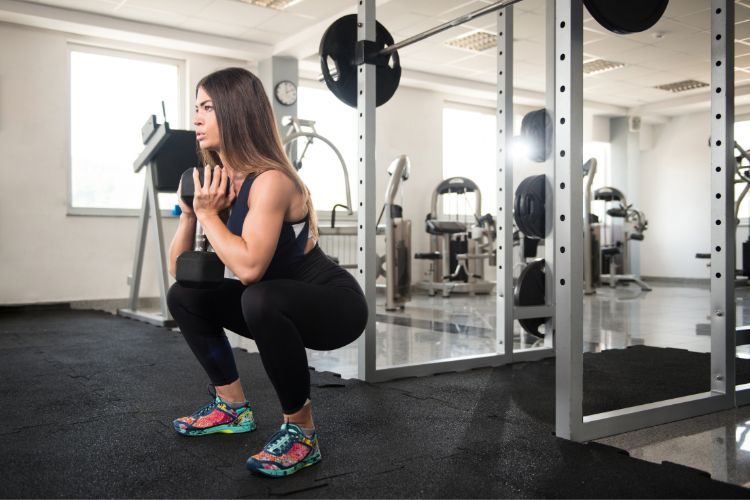Sign up for workout ideas, training advice, reviews of the latest gear and more.






Strong, healthy, and resilient – these words describe more than just the ideal woman; they’re also apt descriptions of a crucial part of the female body often overlooked: the pelvic floor. A complex network of muscles, ligaments, and tissues that support the uterus, bladder, and bowel, the pelvic floor is a pillar of women’s overall health. Strengthening it can aid in urinary control, bolster sexual health, and even prevent pelvic organ prolapse. For expectant and new mothers, it also plays a significant role in the birthing process and postpartum recovery. Let’s delve into the best exercises to strengthen your pelvic floor.
Kegel exercises, named after Dr. Arnold Kegel, are perhaps the most well-known pelvic floor exercise.
To do Kegels, first identify your pelvic floor muscles. These are the same muscles you use to stop urination mid-stream. Once you’ve identified them, squeeze and hold for 5-10 seconds, then relax. It’s crucial to focus on your pelvic muscles without tightening your abdomen, thighs, or buttocks. Start with a few repetitions and work your way up to 10-15 repetitions, three times a day.
Squats are another powerful exercise that engages the pelvic floor muscles while also targeting your thighs, buttocks, and core. They simulate a functional movement – sitting and standing – making them an excellent choice for strengthening the pelvic floor.
Stand with your feet hip-width apart. Keeping your back straight, bend your knees as if you were sitting down on an imaginary chair. Ensure your knees are over your toes, and your buttocks are “sitting back.” Push through your heels and return to the standing position. Start with 10 repetitions and gradually increase the number as your strength improves.
The bridge exercise not only targets your pelvic floor but also tones your buttocks, hamstrings, and core muscles.
Lying flat on your back, bend your knees and keep your feet hip-width apart on the floor. Squeeze your buttocks and lift your hips, creating a straight line from your knees to shoulders. Hold this position for a few seconds, then slowly lower your hips. Aim for 10-15 repetitions.
The bird dog exercise strengthens the pelvic floor while also improving balance and coordination.
Begin on your hands and knees, keeping your hands directly under your shoulders and knees under your hips. Extend your right leg back and your left arm forward, maintaining a straight line from head to toe. Hold this for a few seconds, then return to the starting position. Repeat on the other side. Begin with 5-10 repetitions on each side.
Pelvic clocks are an excellent exercise for mobilizing and strengthening the pelvic floor muscles.
Lie on your back with your knees bent, feet flat on the floor. Imagine a large clock with 12 o’clock towards your head and 6 o’clock towards your feet. Gently tilt your pelvis towards each “hour,” creating a circular motion. Perform 10-15 rotations in each direction.
Deep belly breathing helps relax and stretch the pelvic floor muscles.
Sit comfortably and place your hands on your lower abdomen. Breathe deeply, allowing your belly to rise as you fill your lungs with air. Exhale slowly, letting your belly fall. This exercise aids in releasing tension in your pelvic floor muscles. Try to do 5-10 minutes of deep belly breathing daily.
A crucial aspect of these exercises is consistency. They may seem simple, but performing them regularly can lead to significant improvements. However, as with any fitness regimen, listen to your body. If any exercise causes discomfort, stop immediately and seek medical advice.
While these exercises are beneficial, they’re not a cure-all for serious pelvic floor disorders. If you’re experiencing urinary or fecal incontinence, pelvic pain, or other related issues, consult a healthcare professional. They can guide you on the right path, which may include physical therapy, medications, or surgery.
In conclusion, a strong pelvic floor plays a vital role in women’s health, but it’s often neglected. Embrace these exercises to fortify your pelvic muscles, improve your overall health, and empower yourself. A robust pelvic floor translates into a more robust you. Let’s not overlook the power of the pelvic floor in our quest for health and wellness.
Stay up to date on the latest women’s health, fitness and lifestyle trends and tips.